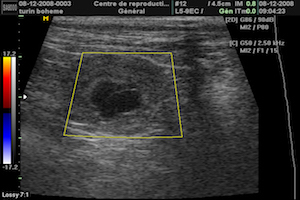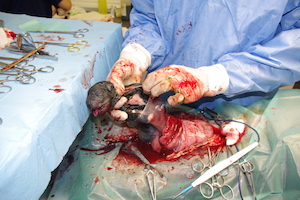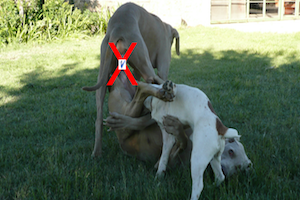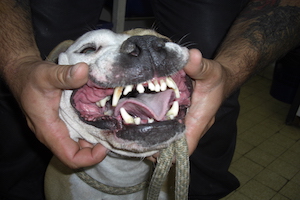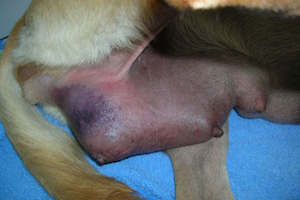Induction of fertile heat in the domestic cat: estrus and ovulation
Breeding a purebred cat requires a selection of partners to concentrate the desired qualities, while limiting inbreeding.
The partners are sometimes geographically distant, with incompatible characteristics (impossible breeding), or the female with a health risk (coryza, etc.).

